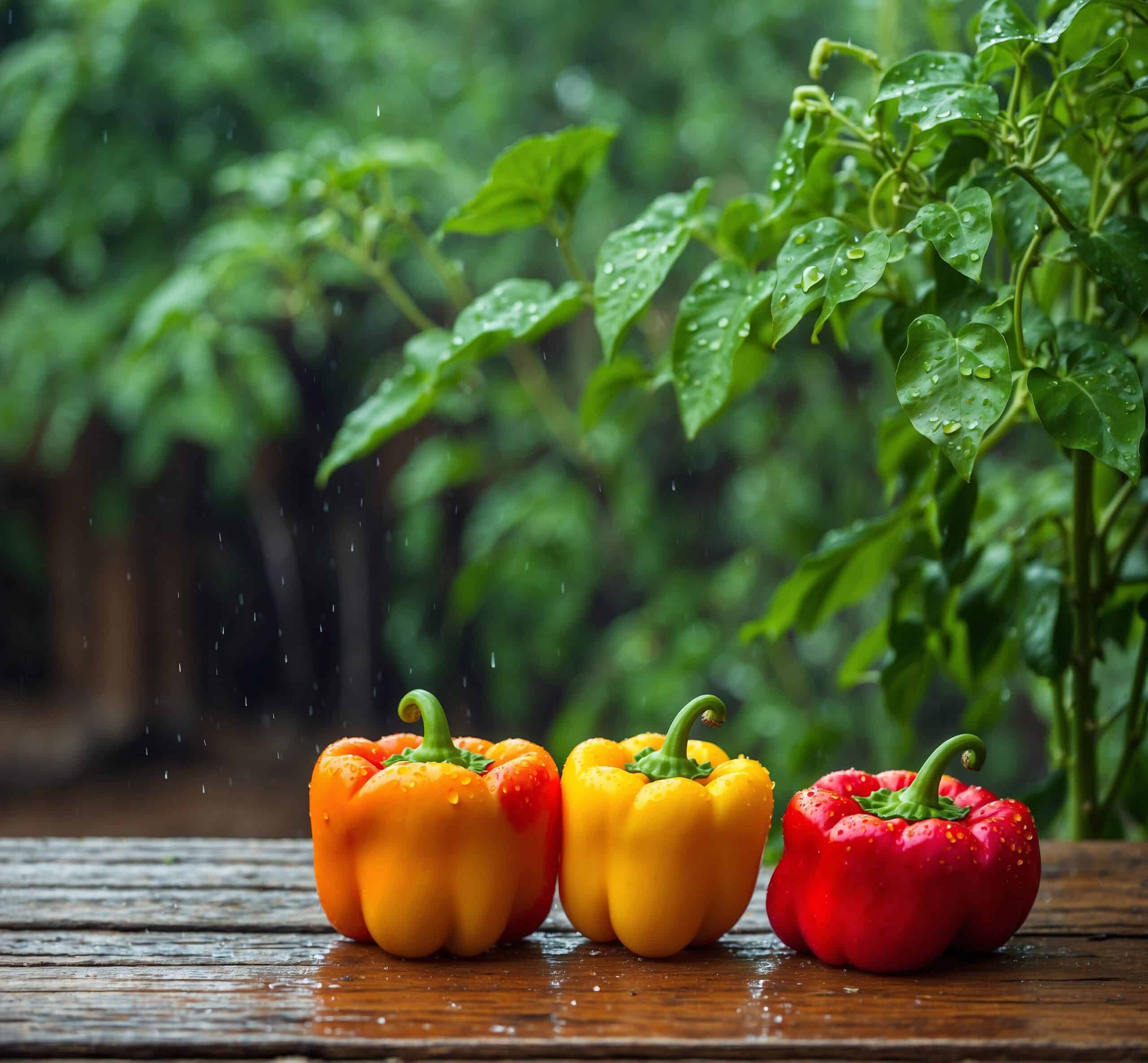When Should I Start Growing Peppers?
Key Takeaways
- Peppers have a long growing season, ranging from 60 to 150 days, depending on the variety.
- Starting peppers indoors several weeks before the last frost date in your area allows them to reach maturity before the end of the growing season.
- When starting peppers indoors, provide them with strong light, regular fertilization, consistent watering, and an appropriate container size with well-draining soil.
If you are considering growing peppers, you might be wondering when is the best time to start. The timing of when you should begin growing peppers depends on various factors, including the specific variety of pepper you want to grow and your location. In this article, we will explore the ideal time to start growing peppers and provide some helpful tips to ensure a successful pepper-growing experience.
Understanding Pepper Growing Seasons
Peppers have a relatively long growing season, ranging from 60 to 150 days. The exact time it takes for peppers to grow depends on the variety you choose. Bell peppers, for example, typically take around 90 to 120 days to reach maturity, while habanero peppers can take up to 150 days.
It’s important to note that these timeframes are from seed to maturity. If you plan to start growing peppers from seed, you will need to factor in the time it takes for the seeds to germinate and grow into seedlings before being transplanted into the garden.
Starting Peppers Indoors
One popular method for growing peppers is to start them indoors several weeks before the last frost date in your area. This allows the peppers to get a head start and ensures they have enough time to reach maturity before the end of the growing season.
According to the Farmer’s Almanac, the average last frost date varies depending on your location. It is important to research the average last frost date for your specific area to determine when you should start growing peppers indoors. Once you have the last frost date, count back the number of weeks it takes for your chosen pepper variety to reach maturity to determine the ideal starting date for your seeds.
Providing Optimal Growing Conditions
When starting peppers indoors, it’s crucial to provide them with the right growing conditions to ensure healthy growth. Here are some tips:
Light:
Pepper seedlings require strong light to grow properly. If you don’t have access to a sunny window, consider using LED grow lights to provide the necessary light intensity. Position the lights at a suitable distance above the seedlings to prevent them from getting too leggy.
Fertilization:
Pepper plants benefit from regular fertilization. Use a balanced fertilizer with equal amounts of nitrogen, phosphorus, and potassium to promote healthy growth. Follow the manufacturer’s instructions for application rates and frequency.
Watering:
Consistent watering is essential for pepper plants. Keep the soil evenly moist, but not waterlogged. Avoid letting the soil dry out completely between waterings, as this can stress the plants.
Container Size and Soil:
Choose an appropriate container size for your pepper seedlings. A container that is at least 2 gallons in size provides enough space for the roots to grow. Use a well-draining potting mix specifically formulated for vegetables or peppers.
Transplanting and Acclimating Seedlings
Once your pepper seedlings have grown larger and the threat of frost has passed, it’s time to transplant them into the garden. Gradually acclimate the seedlings to the outdoor conditions by placing them outside for a few hours each day, gradually increasing the time over the course of a week. This helps the plants adjust to the outdoor environment.
Harvesting Peppers
After patiently waiting for your peppers to grow and mature, it’s finally time to harvest them. Peppers can be harvested once they have reached the desired size and color. Generally, the longer you leave them on the plant, the hotter they will become. Use a sharp pair of scissors or pruners to cut the peppers from the plant, taking care not to damage the stems or surrounding foliage.
Related Websites:
FAQs:
Q: What temperature range is ideal for growing peppers?
Peppers thrive in temperatures between 70°F and 90°F (21°C and 32°C). This temperature range provides the optimal conditions for their growth and development.
Q: Why are peppers sensitive to frost and cold temperatures?
Peppers are tropical plants and cannot tolerate frost or cold temperatures. Exposure to frost can damage or kill pepper plants, affecting their growth and productivity.
Q: How long is the average pepper growing season?
The average pepper growing season typically lasts around 60 to 90 days. However, this can vary depending on the specific pepper variety and local climate conditions.
Q: How can I determine the last frost date for my region?
To determine the last frost date for your region, you can consult local gardening resources, cooperative extension offices, or online tools. These sources provide valuable information based on historical weather data and regional trends.
Q: Why is it important to start pepper seeds indoors before transplanting?
Starting pepper seeds indoors allows for early germination and gives the plants a head start before transplanting them outdoors. It provides a controlled environment for optimal growth and increases the chances of a successful harvest.






